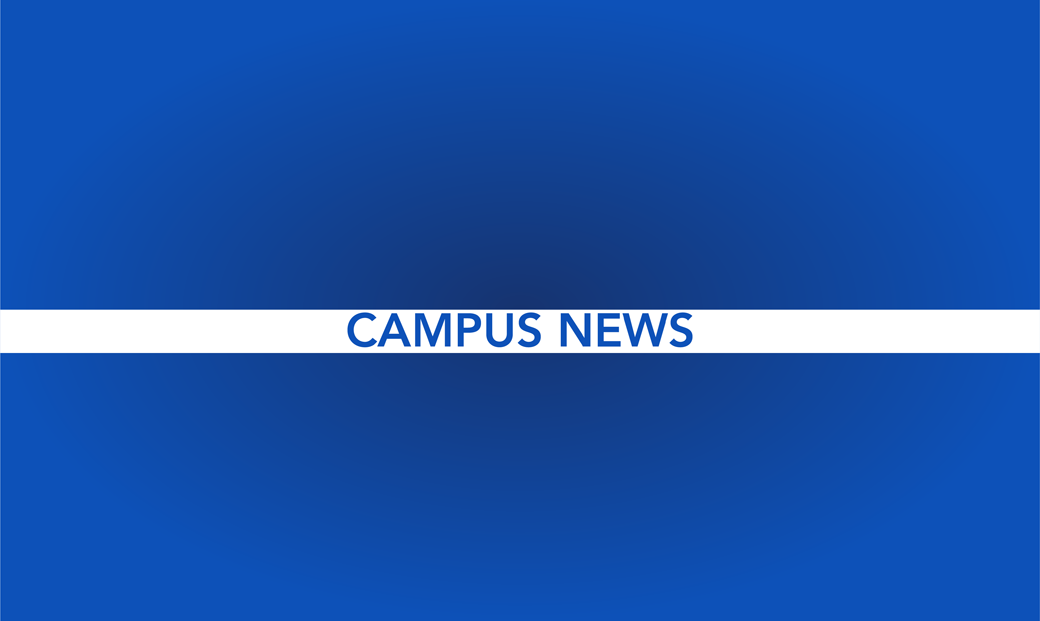
USD awaiting approval to offer in-state tuition to future Iowa students
Iowa residents who choose to attend USD could see a decrease in tuition prices if a new agreement between USD and Iowa is approved by South Dakota higher education officials.
USD is awaiting approval from the South Dakota Board of Regents (SDBOR) to offer in-state tuition to all incoming Iowa students beginning next fall. The new program would also extend to Iowa students who transfer to USD.
The university’s move to lower tuition prices for Iowa students is a response to an incentive program the state of Iowa began offering its public education institutions about about a year ago. The program is designed to reward institutions financially for enrolling more in-state students.
Monte Kramer, system vice president of Finance & Administration at the SDBOR, said this has had a direct impact on USD’s Iowa enrollment numbers.
“What usually happens in these cases is that the institutions are able to bring a proposal to the Board that says something changed in the neighboring state that makes it hard for them to compete among students,” Kramer said. “The Board has been very willing to review these kinds of situations where it’s pretty obvious that policies, or funding levels or scholarship programs in surrounding states are making it difficult to recruit these students.”
The proposal was presented by USD officials to the SDBOR in December, and a decision is expected in late March or early April.
Scott Pohlson, vice president of Marketing, Enrollment and University Relations, said the tuition reduction is a “long-term” plan to make USD more affordable to Iowa students, and is a way to remain competitive with Iowa institutions.
“…we are almost $3,000 more expensive in terms of tuition and expenses than the Iowa schools,” Pohlson said. “All of our contiguous states (are important to us), but really the three contiguous states that are always top-of-mind for us because of our enrollments are Nebraska, Iowa and Minnesota.”
According to SDBOR data, there are currently 658 Iowa residents enrolled at USD. With the special Iowa tuition agreement, Kramer said the university would need to enroll 69 first-time, full-time Iowa students each year to make sure they break even on revenue.
USD isn’t the only institution interested in a tuition agreement with prospective Iowa students.
Kramer said SDSU is interested in the proposal and is assessing its value to the institution and deciding whether it will request the in-state tuition rate for its Iowa students.
The reduced tuition rate for USD Iowa students isn’t the first of its kind in SDBOR history. Black Hills State University has a similar agreement with Wyoming, and Northern State University has an agreement with North Dakota students.
Assuming the USD/Iowa tuition agreement is approved, Pohlson said USD would view the agreement as a “pilot program,” meaning the tuition agreement wouldn’t have to remain permanent if the university doesn’t see success with Iowa enrollment.
Pohlson said the university has a goal to increase the Iowa enrollment rate by 10 to 20 percent over the next four to five years.
While the Iowa tuition agreement doesn’t extend to current Iowa residents enrolled at USD, Pohlson said the price for their USD education is “still a value.”
“I think USD is a very affordable option if you look in the Midwest at our prices,” Pohlson said. “I’m just not sure, given the competitiveness of the state of Iowa, if we’re going to be able to maintain that affordability in the long run.”


